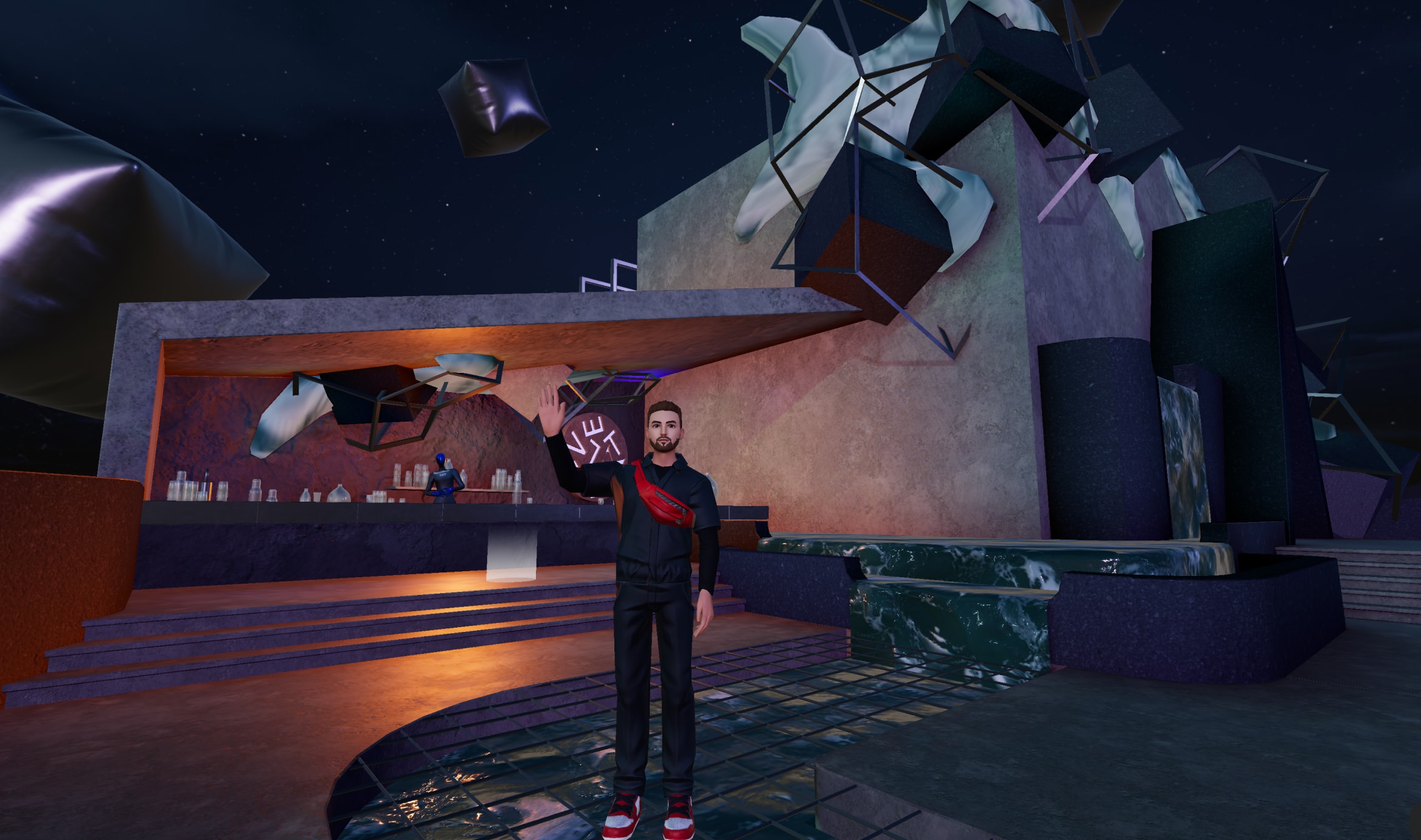Introduction
As the metaverse continues to evolve, the technology driving its immersive experiences becomes increasingly critical. WebGL, a JavaScript API for rendering 2D and 3D graphics in web browsers, offers substantial advantages over pixel streaming—including real-time rendering efficiency and seamless cross-platform compatibility. This makes WebGL a true game-changer for browser-based metaverse projects.
Real-Time Rendering Efficiency
WebGL leverages the local GPU capabilities of a user’s device to render graphics directly in the browser. Unlike cloud rendering, which depends on remote servers to process and stream content, WebGL processes everything locally. This reduces latency, delivers smoother performance, and ensures a highly responsive experience—an essential factor in achieving immersion within the metaverse.
Seamless Cross-Platform Compatibility
One of WebGL’s greatest strengths lies in its ability to work across platforms. Whether accessed on a desktop, laptop, tablet, or smartphone, WebGL ensures a consistent and optimized experience everywhere. By harnessing the user’s device instead of relying on specialized cloud infrastructure, WebGL removes the need for dedicated hardware or software, making the metaverse more accessible to a global audience.
Enhanced Privacy and Security
Privacy and security are key considerations in the metaverse. WebGL stands out because it doesn’t require users to transmit sensitive data or content to external servers for rendering. In contrast, cloud rendering and pixel streaming require continuous transmission of visual and input data to the cloud, raising concerns about privacy and potential breaches. With WebGL’s local rendering, user data remains on their own device, ensuring greater privacy and control.
 Lower Infrastructure Costs
Lower Infrastructure Costs
Compared to cloud rendering and pixel streaming, WebGL offers clear cost benefits. Building and maintaining large-scale rendering infrastructure demands significant investment in servers, bandwidth, and ongoing maintenance. With WebGL, the user’s local device handles the heavy lifting, drastically reducing the need for costly backend infrastructure. This allows developers to focus resources on improving the metaverse experience instead of managing servers.
Flexibility and Developer Empowerment
WebGL empowers developers with an open, flexible platform for building immersive 3D experiences. A wide ecosystem of libraries, frameworks, and tools enables teams to create interactive environments while leveraging existing web development skills. Its accessibility encourages rapid prototyping, experimentation, and innovation—pushing the boundaries of what’s possible within the virtual world.
Conclusion
WebGL stands as a powerful technology for building browser-based metaverse projects, offering clear advantages over cloud rendering and pixel streaming. Its real-time rendering efficiency, platform independence, stronger privacy, cost-effectiveness, and developer flexibility make it a cornerstone for immersive and interactive virtual experiences. As the metaverse expands, WebGL will only grow in importance, solidifying its place as a foundational technology shaping the future of digital worlds.
